PRIMAL INSTINCT
Minda Andrén & Dominika Bednarsky
APR 26 – MAY 27, 2023

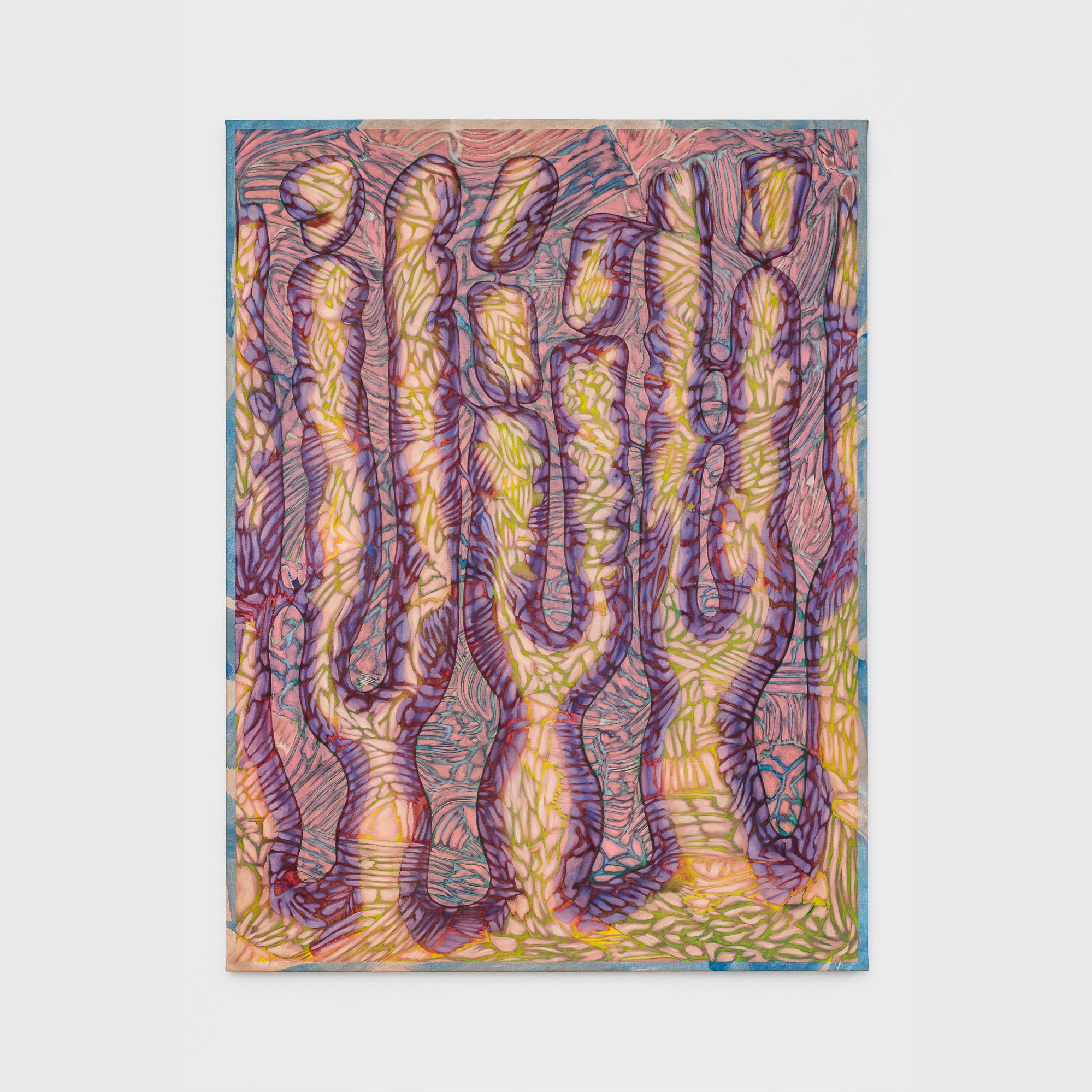
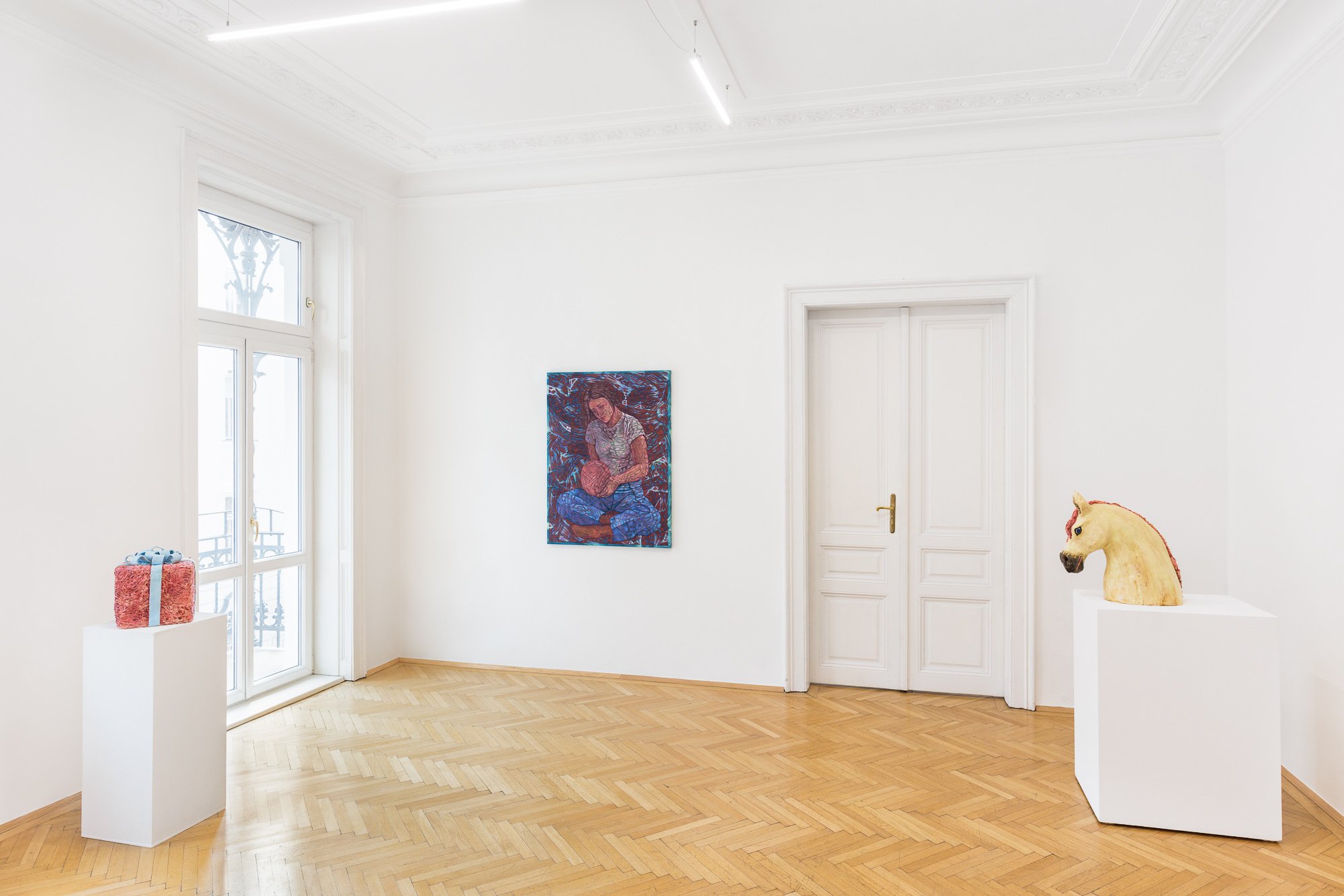
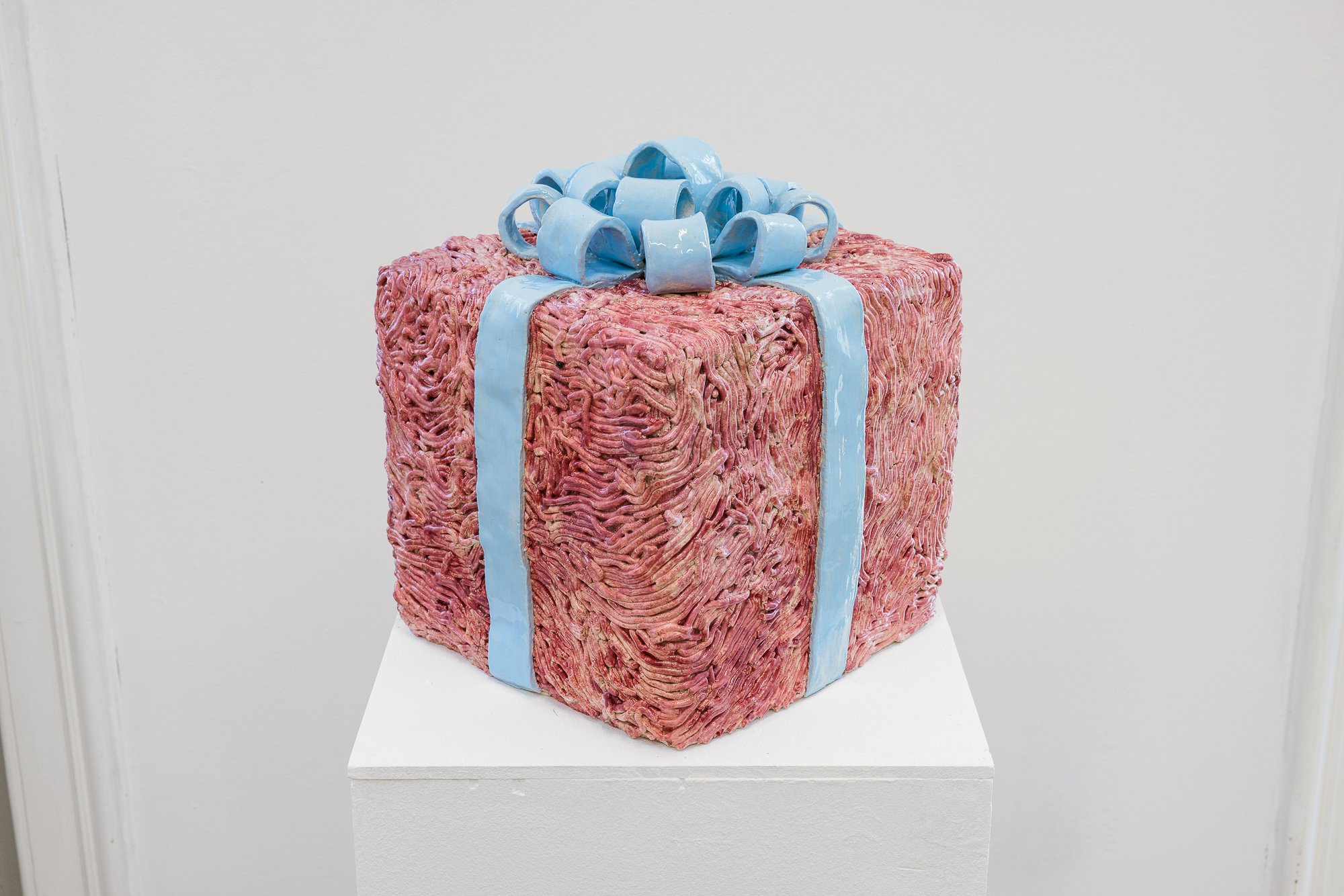
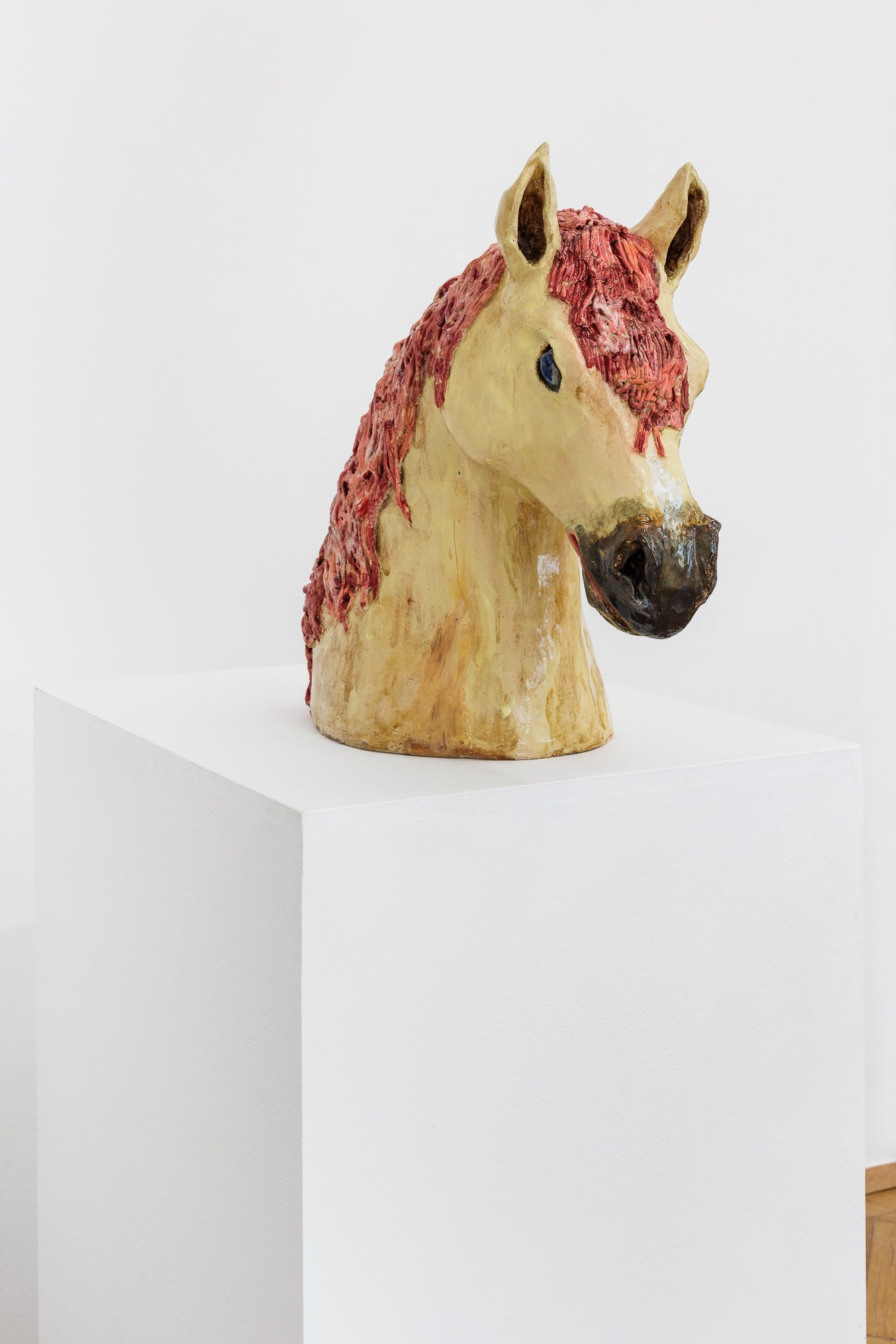
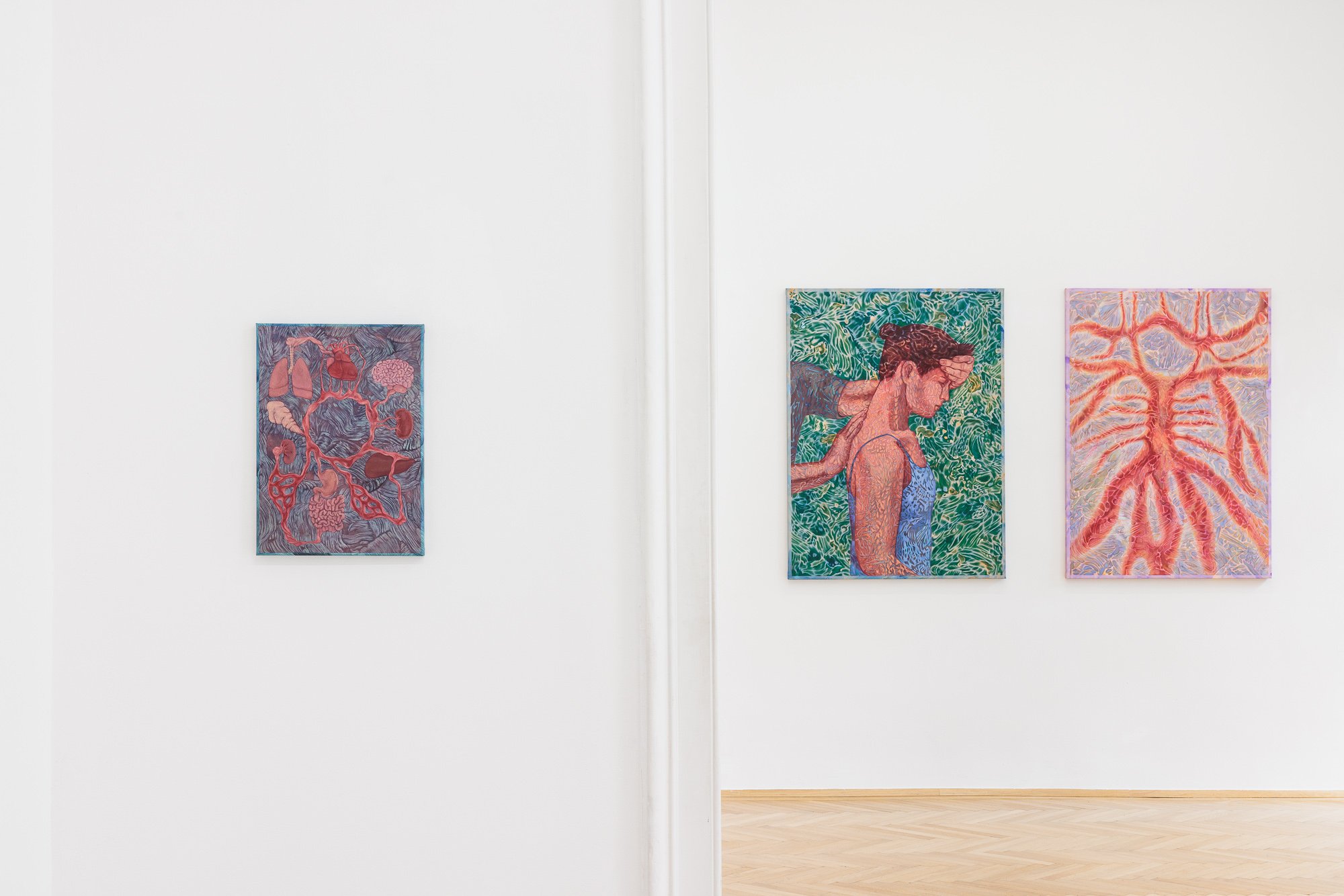
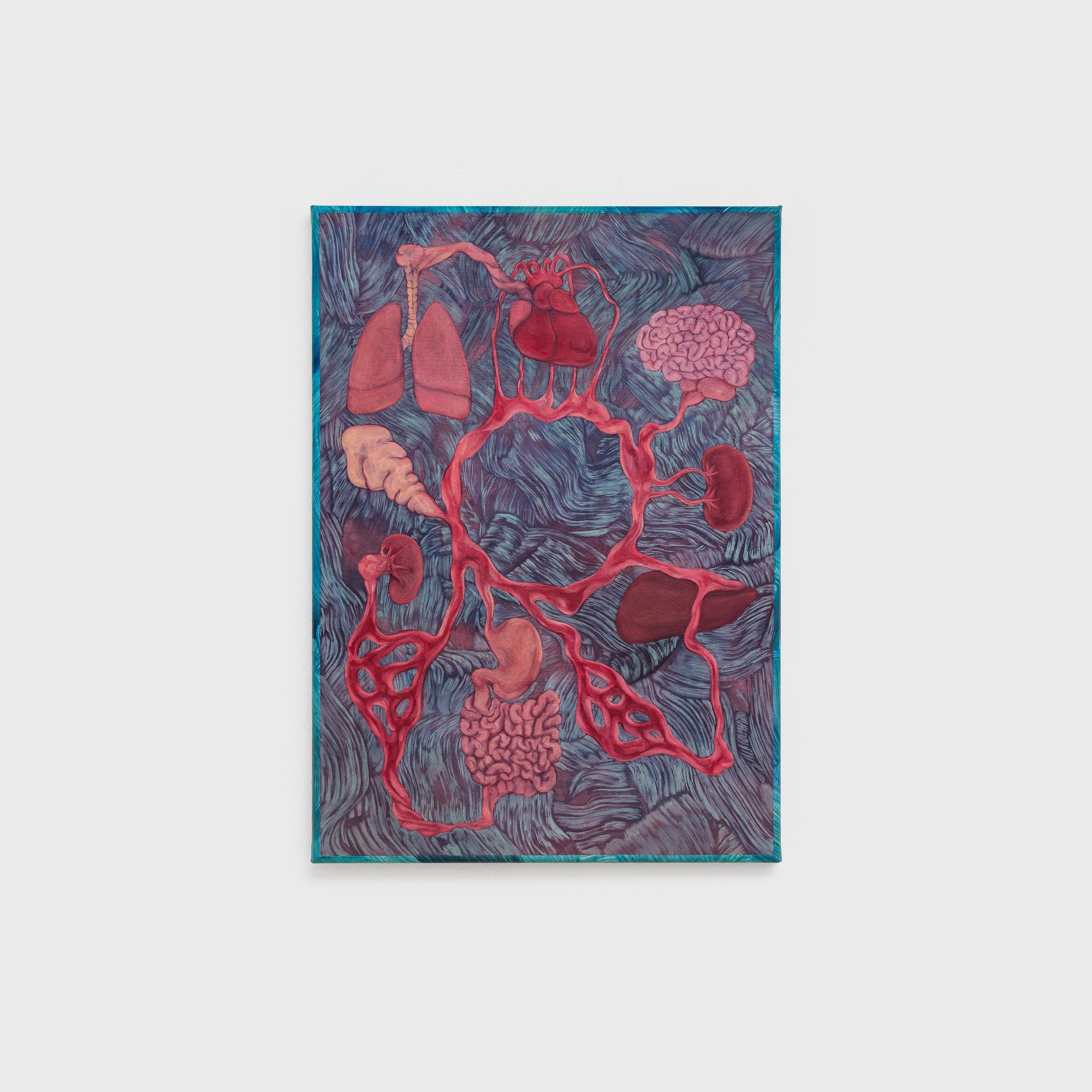
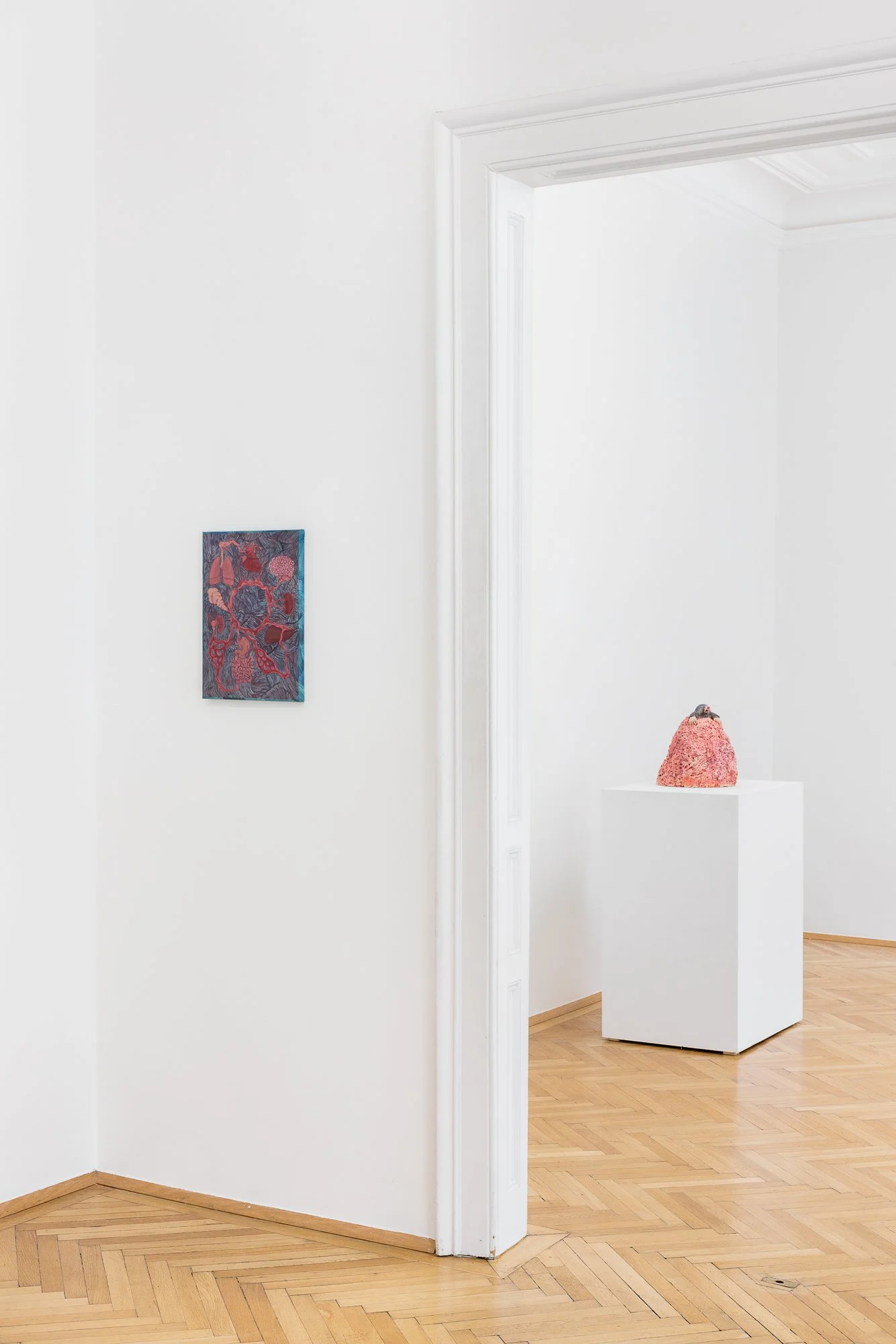
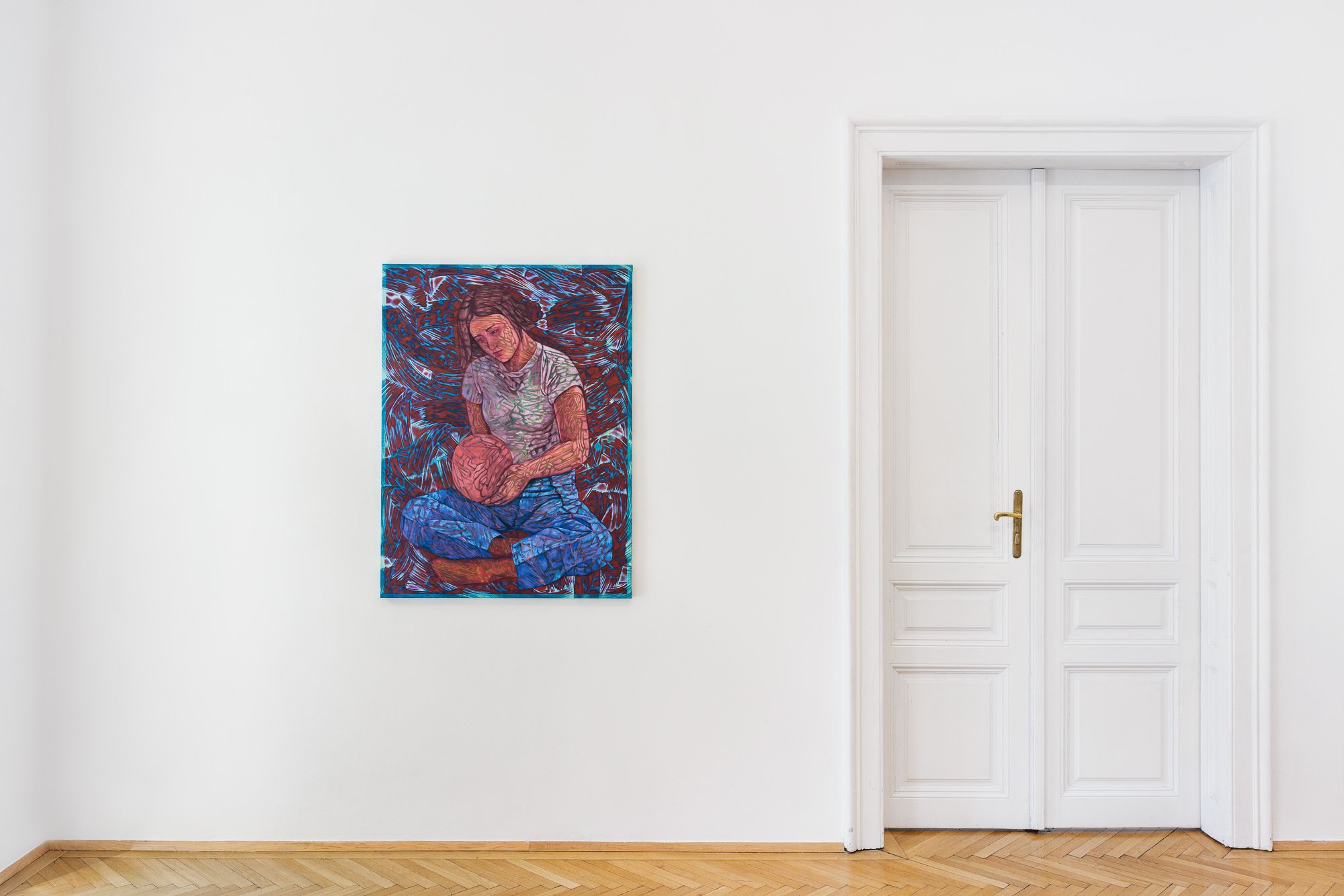
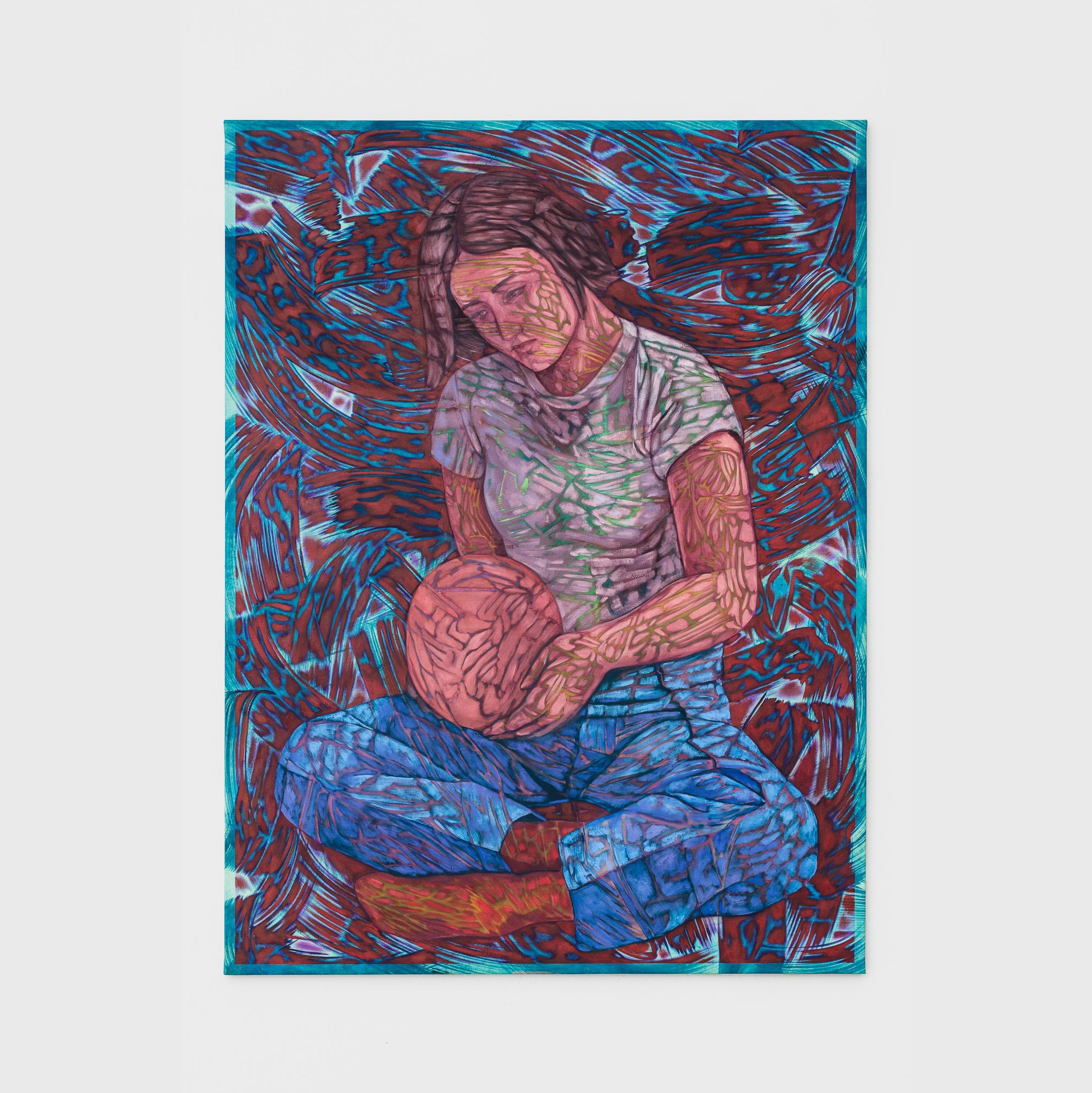
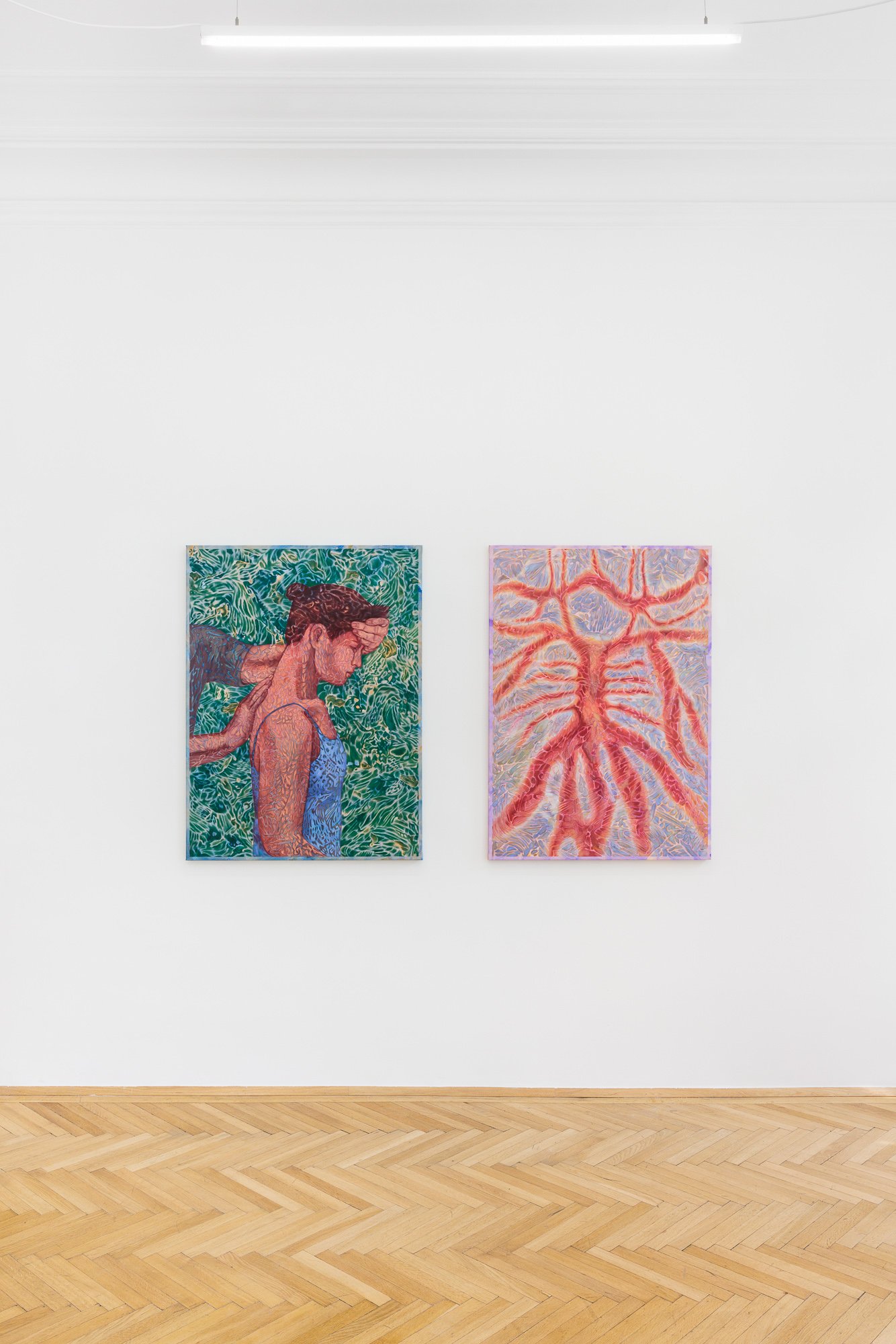
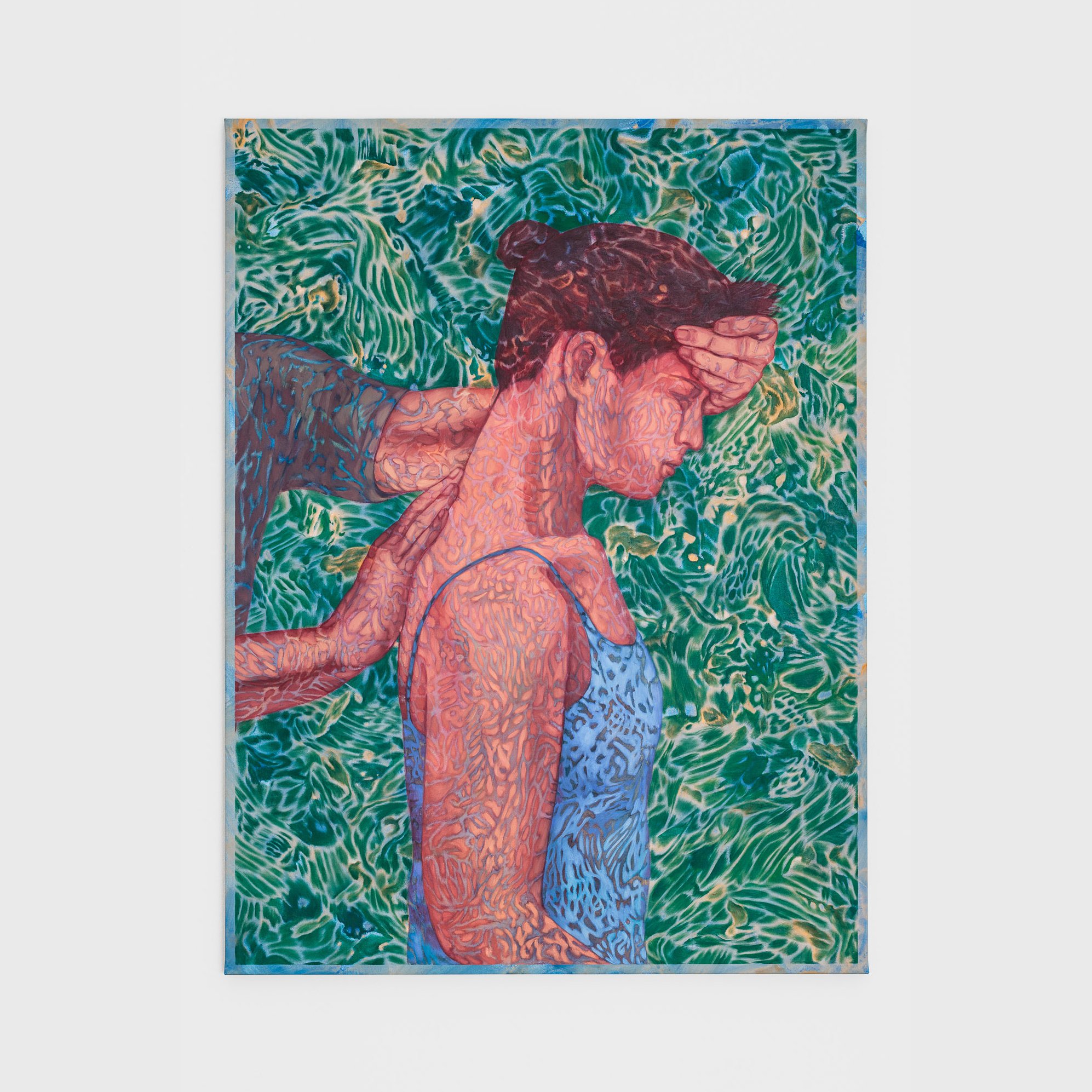

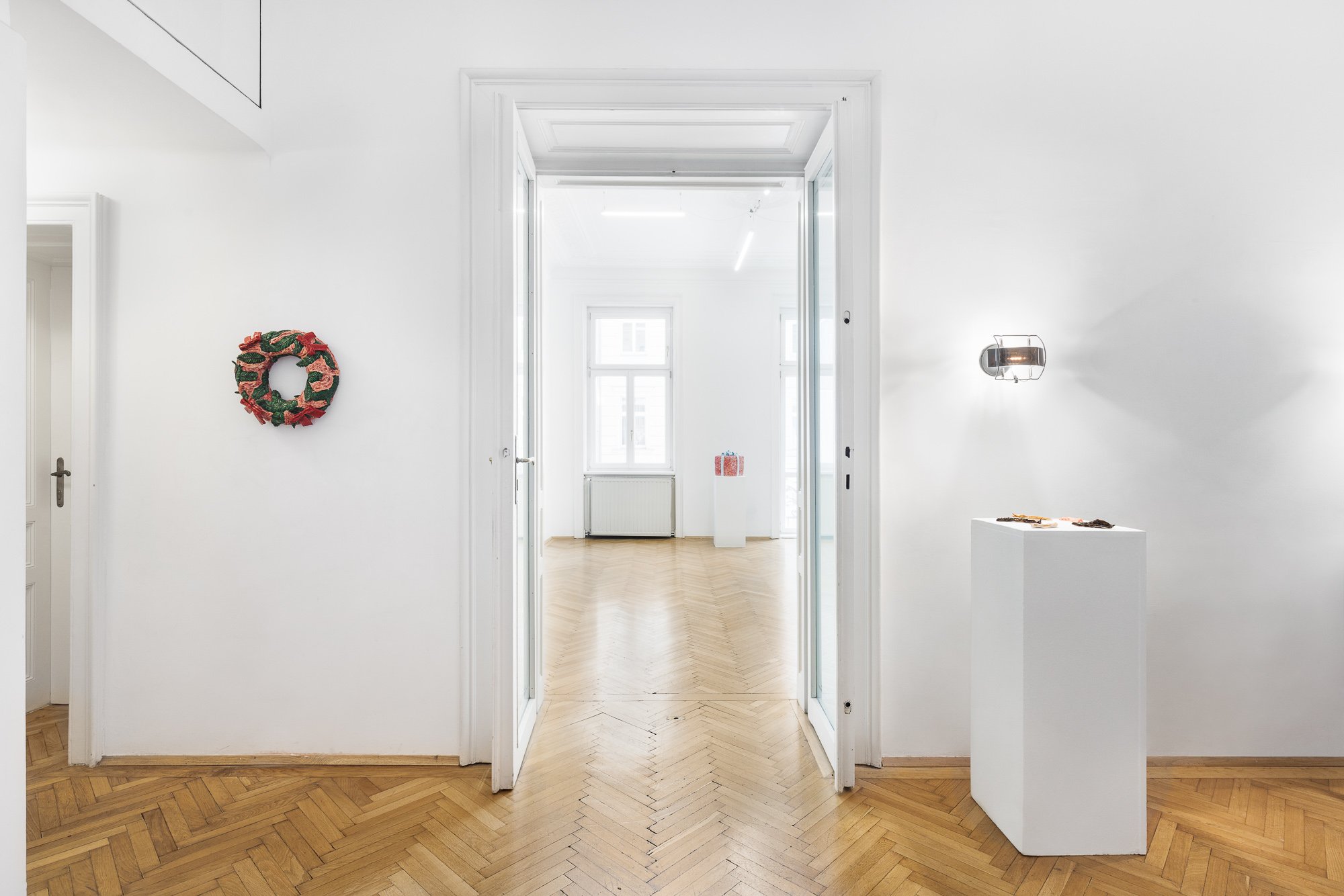
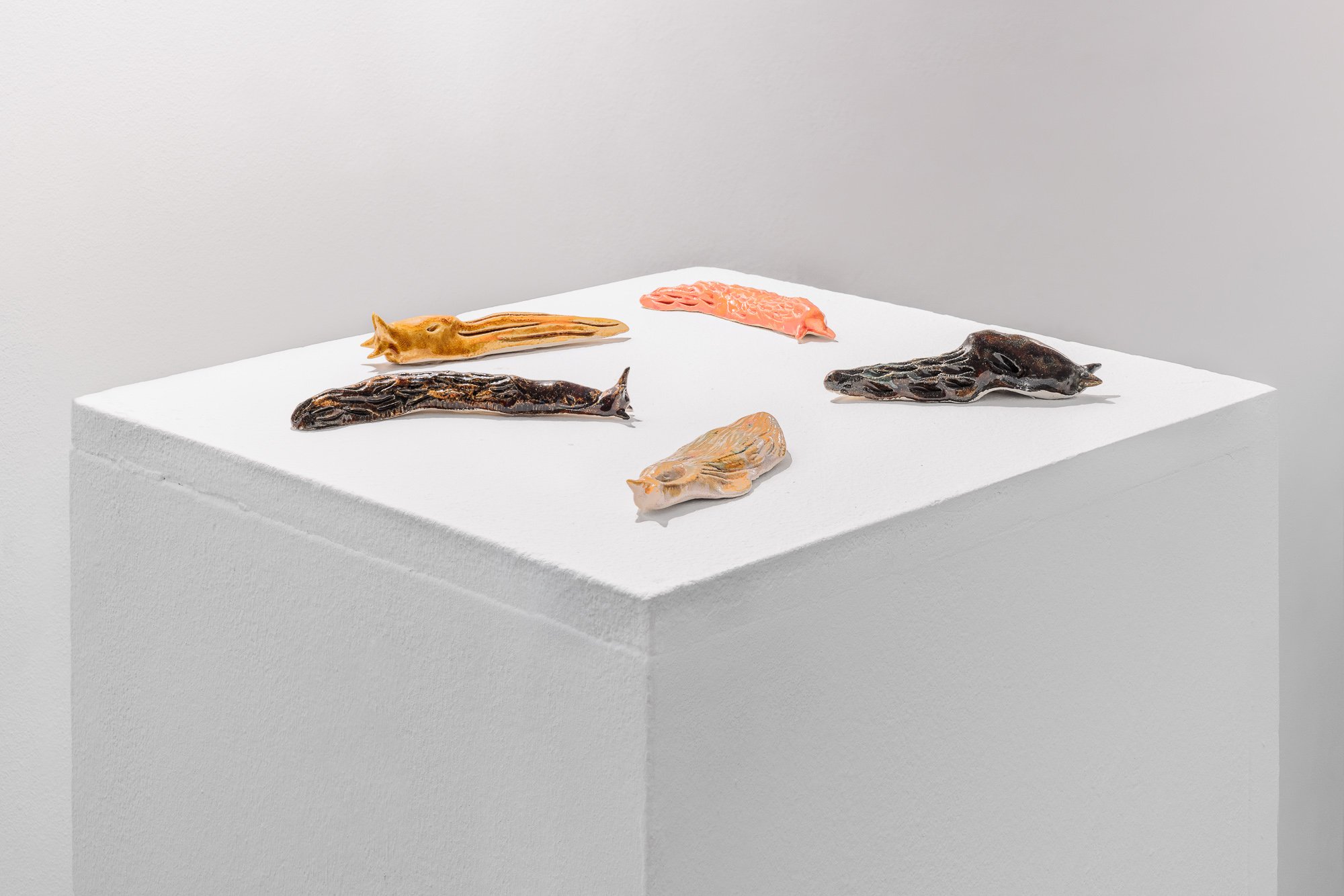

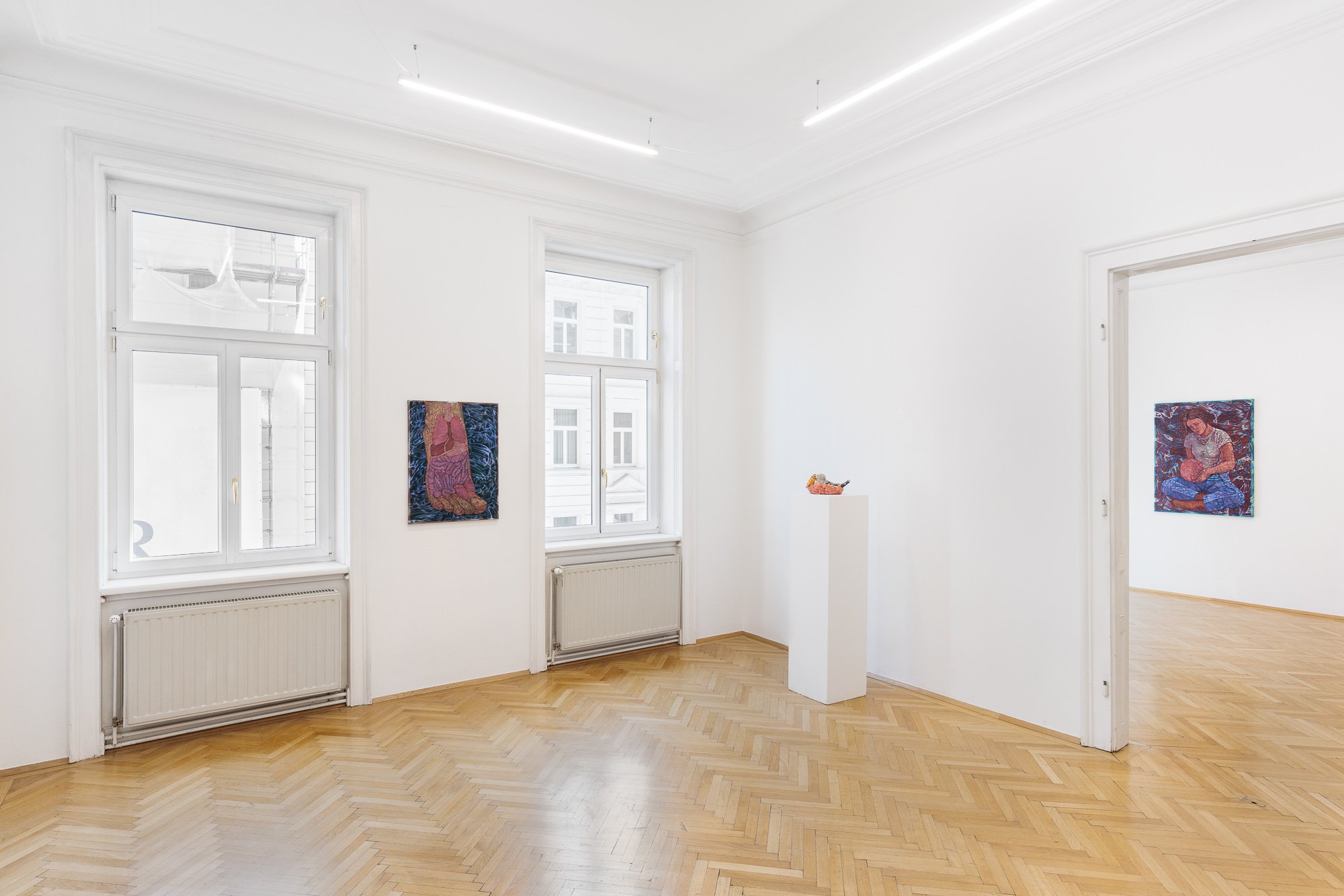
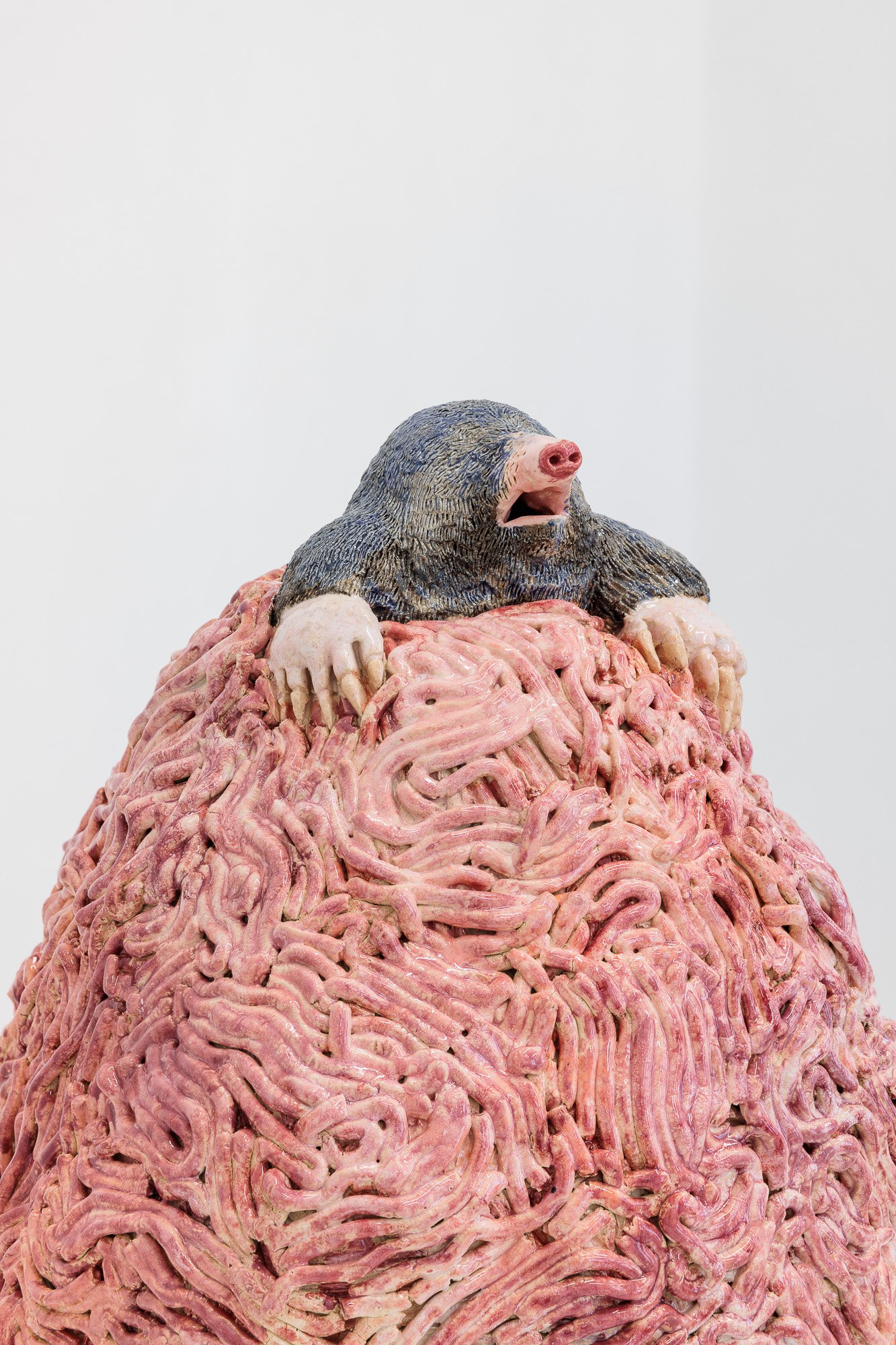
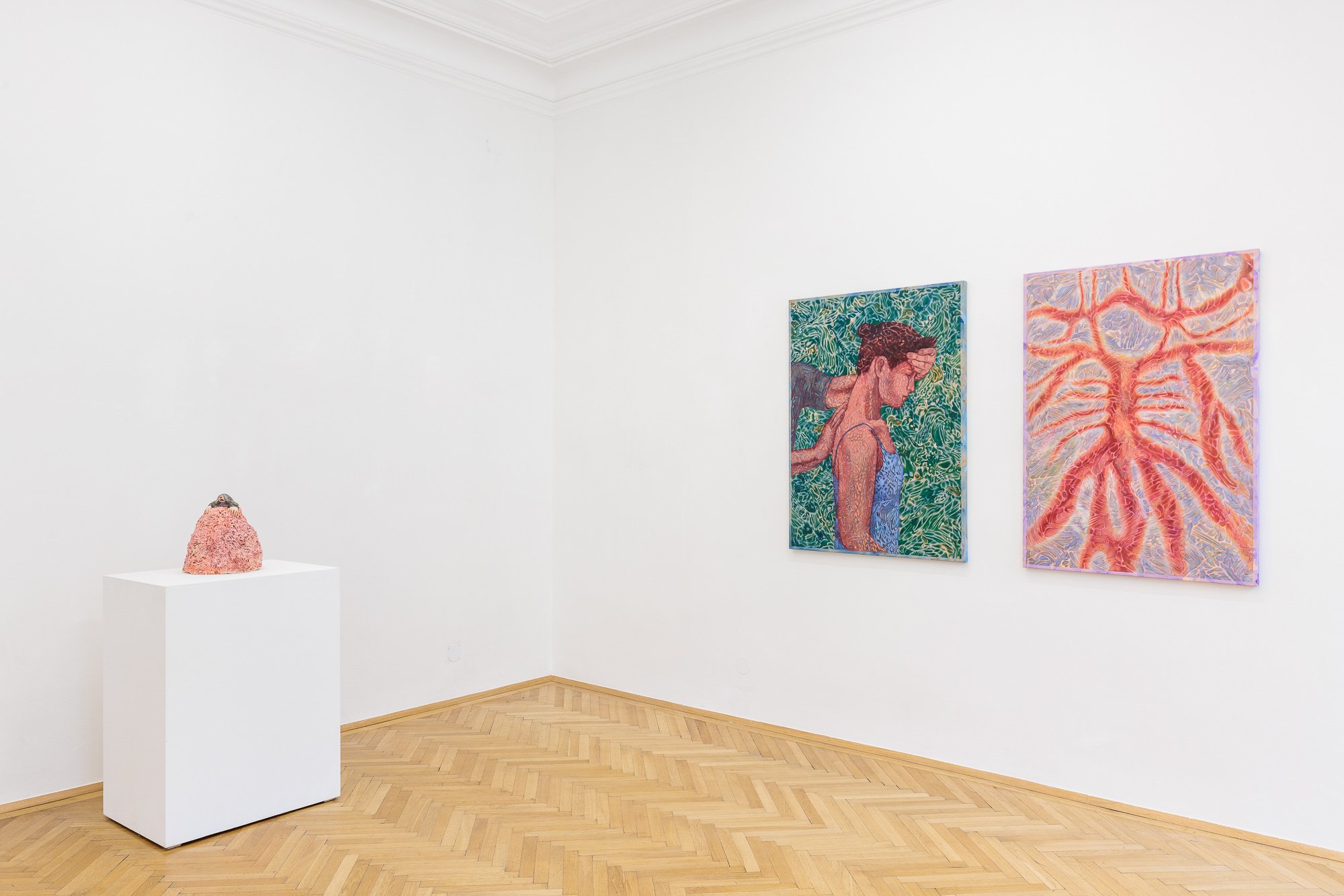
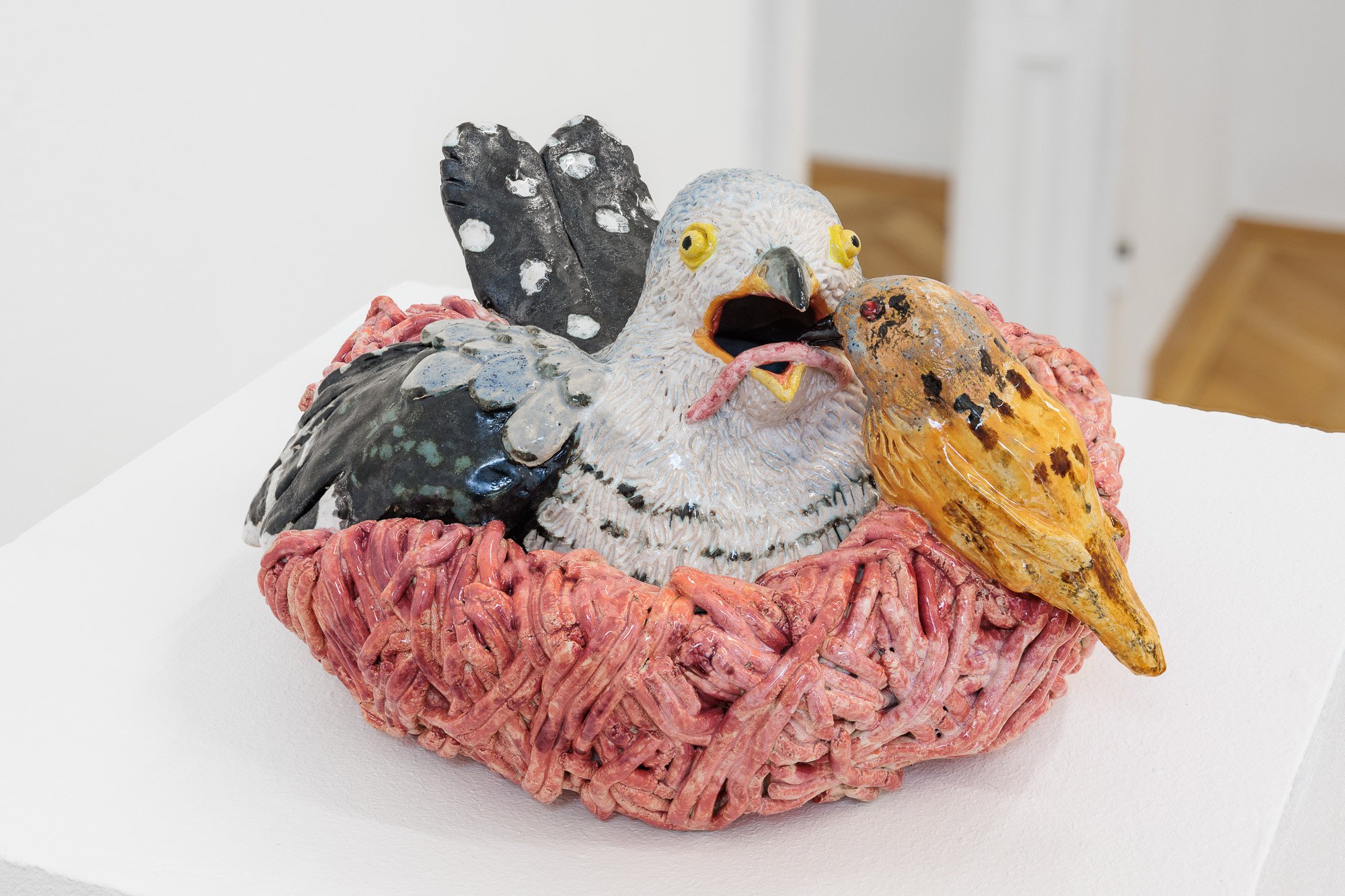
Unsettling Flesh / Dissecting the Gaze. On the Simultaneity of the Contemporary
The present happens without us being able to stop it - all that remains and that is constant are images. We are confronted with the ever-changing images, moving or statistical, human or android, digital or analog, which affect us visually and whose power of effect hardly anyone can escape, since they structure our everyday modes of perception. At the beginning of the development of this Western present was the emergence of transport infrastructures that detached time from its cosmological order and organized it capitalistically by linking it to space (the movement from a start to a destination). Instead of the planets determining time, the desire for productivity and profit now guided time and placed it under their service. To recount this seems anachronous and simplistic in light of what seems today to be the degenerate state of this history: everything simultaneously and always everywhere. Time and space dissolve completely. Our conditions of existence are constantly in radically differently weighted relationships, the worlds of feeling ambiguous. Living in the simultaneity of temporal and spatial axes, in an image overload, our attention economies are in a state of permanent overload. In their works, artists Minda Andrén and Dominika Bednarsky confront this constantly complicating world by critically situating our material reality.
Where can places of retreat from this overturning present lie? Nature no longer forms a place of retreat. In this consequence, the body appears as the ultimate mystery that can never be fully understood, contrary to all attempts at taxonomization. We are not only permanently surrounded by images, reflections, disciplining of the body, but also - and precisely because of this - permanently thrown back on our own body. Minda Andrén’s paintings offer a projection or reflection surface for this paradoxical overload. Layer by layer, she encounters images of corporeality in her painting - that of the artist encountering the canvas, and at the same time with the cultural-historical facets of the topos body. At the edges of the canvases, the surface of the first layer flashes through; a rough painterly gesture arranges the first color surface of the canvas. Starting from this structure, Andrén develops her body paintings. She draws the motifs from a wide variety of sources. The branching structure on the canvas, an abstract system of fibers, or almost a cortex?, become the materiality of painting made flesh and dissects the motifs lying on it. By singularizing the motifs and integrating them, they return to the body of painting. The simultaneous existence of the layers and their formal-aesthetic incorporation of arbitrary images dissect the viewer’s gaze, but also allow a dissecting gaze through the disclosure of the layers.
The motifs of Dominika Bednarsky ceramics borrow from everyday culture. They achieve their absurdity through the central subject that is part of each sculpture: minced meat. The yellow horse has a mane made of minced meat, the hen is covered with eggs made of minced meat, the cake is not a cream cake but a minced meat cake. The ceramics obviously cite the German phenomenon of Mettfiguren. Forming large figures out of meat is only conditionally a sign of humor, but rather of excessive consumption, if not medieval gluttony. Not entirely unironically, however, Bednarsky combines cute motifs (little mice, bows, little birds) with the easily perishable food. Being cute or cuteness, as an aesthetic feeling and object description of the contemporary, always stand in an ambiguous relationship. That which is cute attracts and appears to be positive in the first instance; however, something is cute only because it appears powerless or impotent to the judging subject. Cuteness is likewise a leading commodity aesthetic; as an aesthetic feeling, it is closely associated with convenient consumption. Bednarsky’s ceramics open up the space for the named ambiguous feelings to take place simultaneously, overlapping and denying an absolute aesthetic judgment. 1 The glossy and ultra-precise surfaces draw the eye, the incorporation of the sculpted mincemeat repels. They hurl the viewing subject into a constantly actualizing situation with no clear end. In this way, Bednarsky plays with the viewer’s voyeuristic desire by defamiliarizing familiar motifs that belong to collective social memory and are overlooked in shop windows. It only becomes clear how ambiguous contemporary aesthetic feelings can be.
Rather than a way out, or a redemptive response, both positions offer a mirror to the visual complexity of the present. Their materialities and fleshy surfaces have a disquieting effect; they reorganize modes of perception by appropriating them and shattering them again. In this way, Andrén and Bednarsky’s works create a visual in-between space that stands apart from the present, yet can only take place with and within it. Artistic practice does not seem to be a way out, but certainly a brake on the present taking place in and with constant simultaneity - despite unclear aesthetic feelings, it situates us in the here and now, encloses time and space in its dimensions for a moment, and ultimately throws us back on ourselves again and again.
Seda Pesen, April 2023